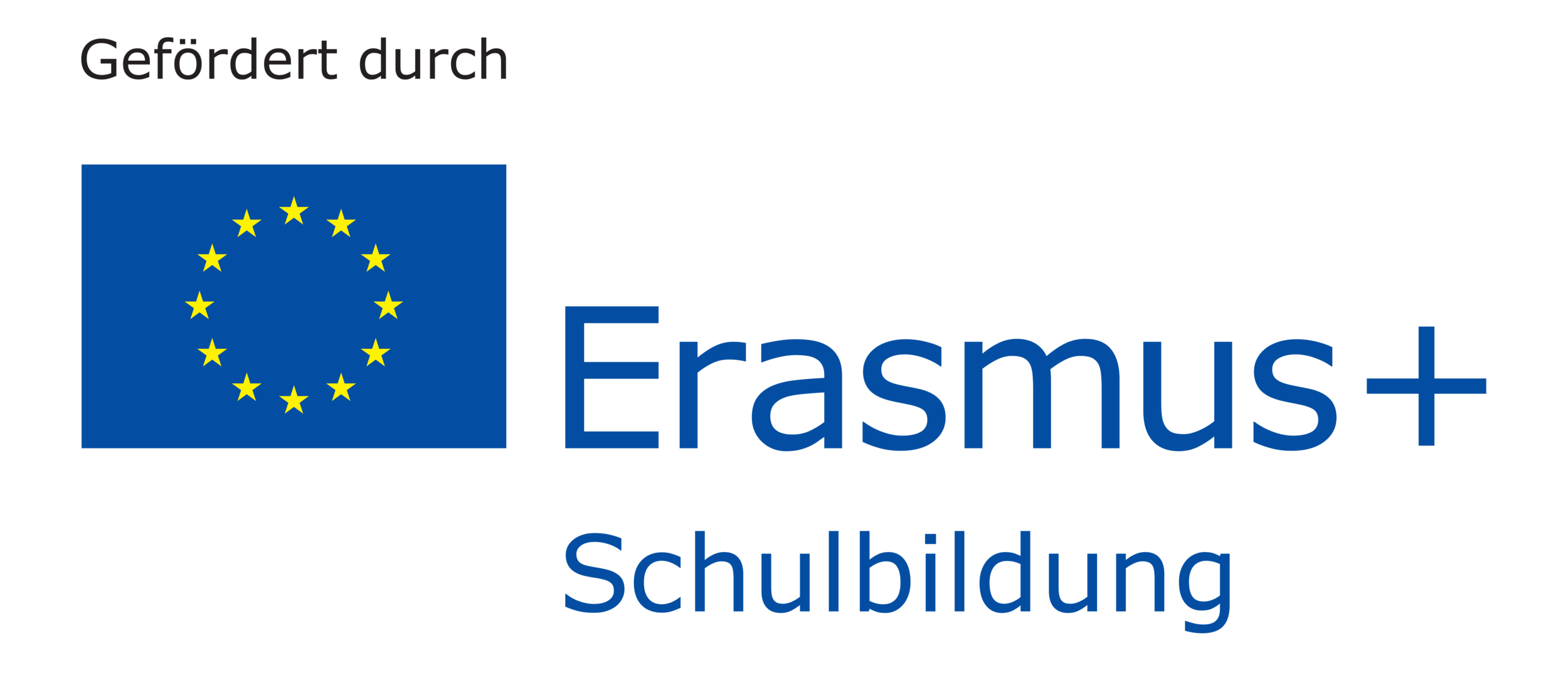Transitioning to another routine
INTERCULTURAL EXPERIENCES AND HOW THEY CAN LEAD TO PARENT-EDUCATOR PARTNERSHIP CHALLENGES
It is important that the educators ask the parents to explain how the day was structured for the child, prior to the settling in period, in order to gain a deeper understanding of what the child can expect.
Have a daily schedule for the parents and the teaching team that has basic routines planned ahead for the whole term if possible, this needs to cover; school start and morning greeting (circle, assembly), breakfast, lunch, outdoor play, relaxation time, and when they will go home.
Have a picture trail on the wall that shows in pictures or photos of the children what the daily schedule is. Go through this once daily with all children and more frequently with children who find transitions difficult. This is a good tool for Arno as he does not speak the language of the kindergarten and will rely on visuals and non-verbal communication. If in his morning circle, the educators talk every day about what will be happening through photos or drawings, this will give him a sense of routine and balance.
Educators can also have this schedule on their person in a small picture design on a key ring to use individually with the children who need more one on one.
Give children a few minutes warning before a transition to give them time to adapt. Visual timers such as sand timers are very helpful in allowing the child to prepare for the next transition.
The educators for Arno may want to consider making a schedule book or cards for his family at home to go through his day with him and to understand more what he is doing at kindergarten.

